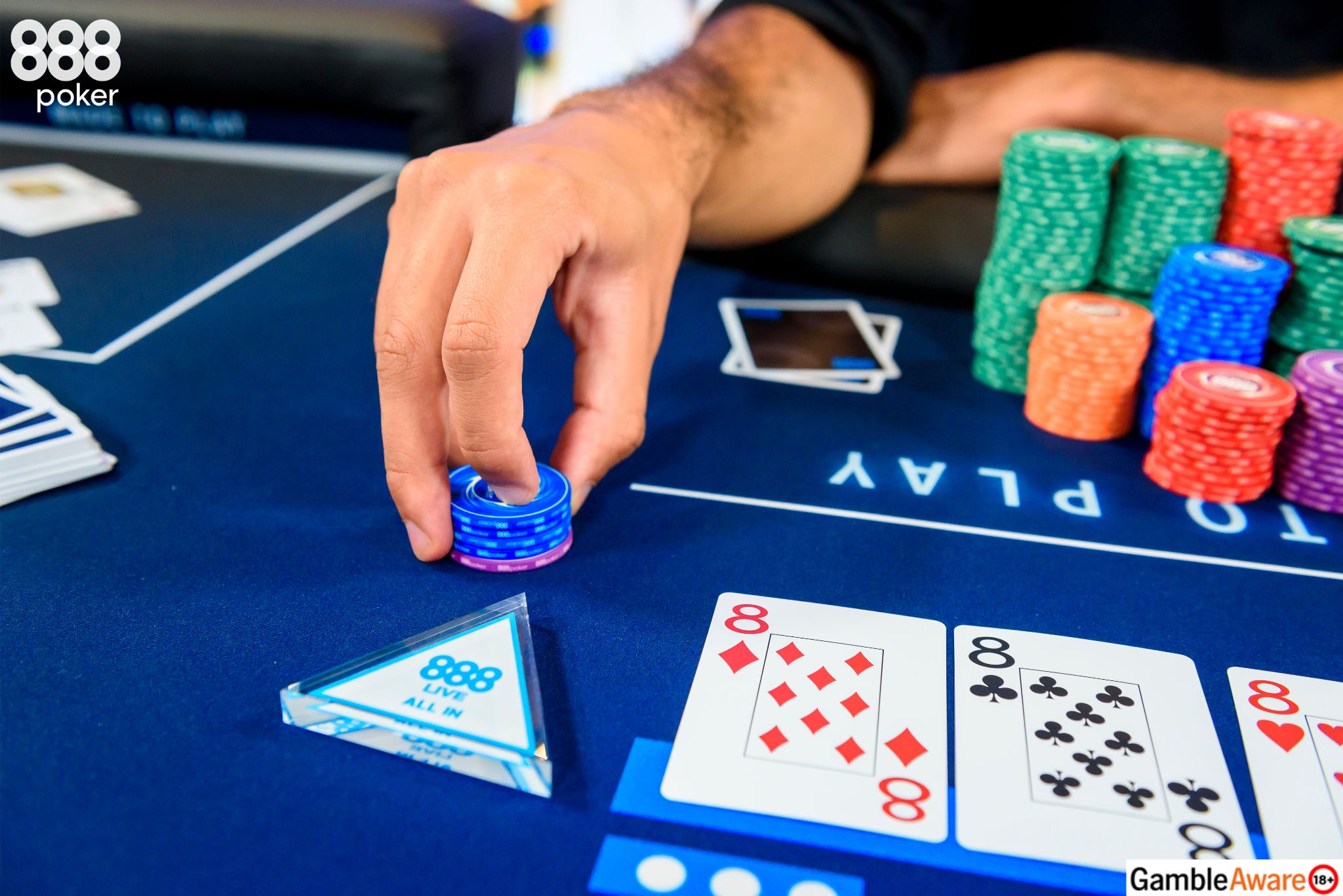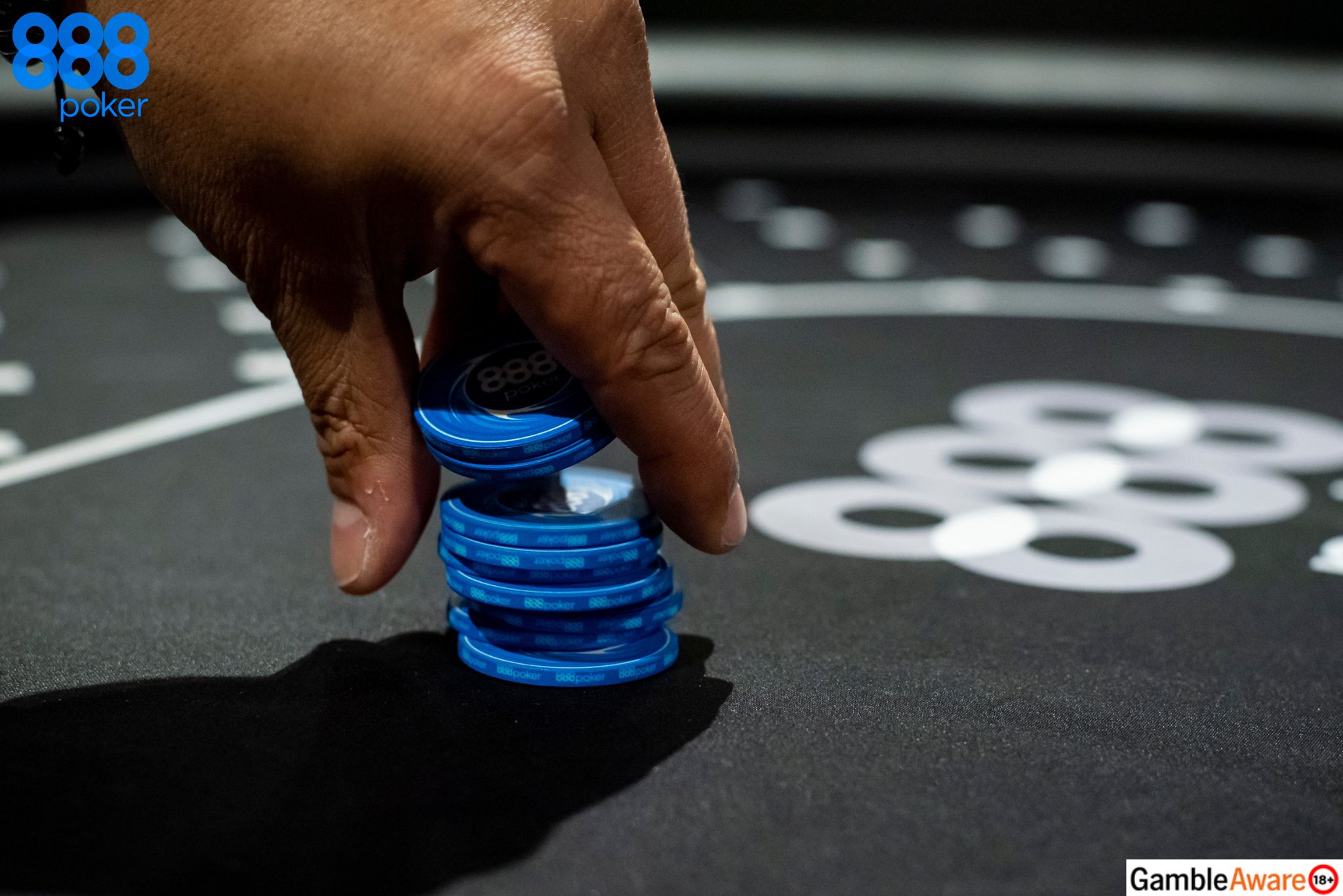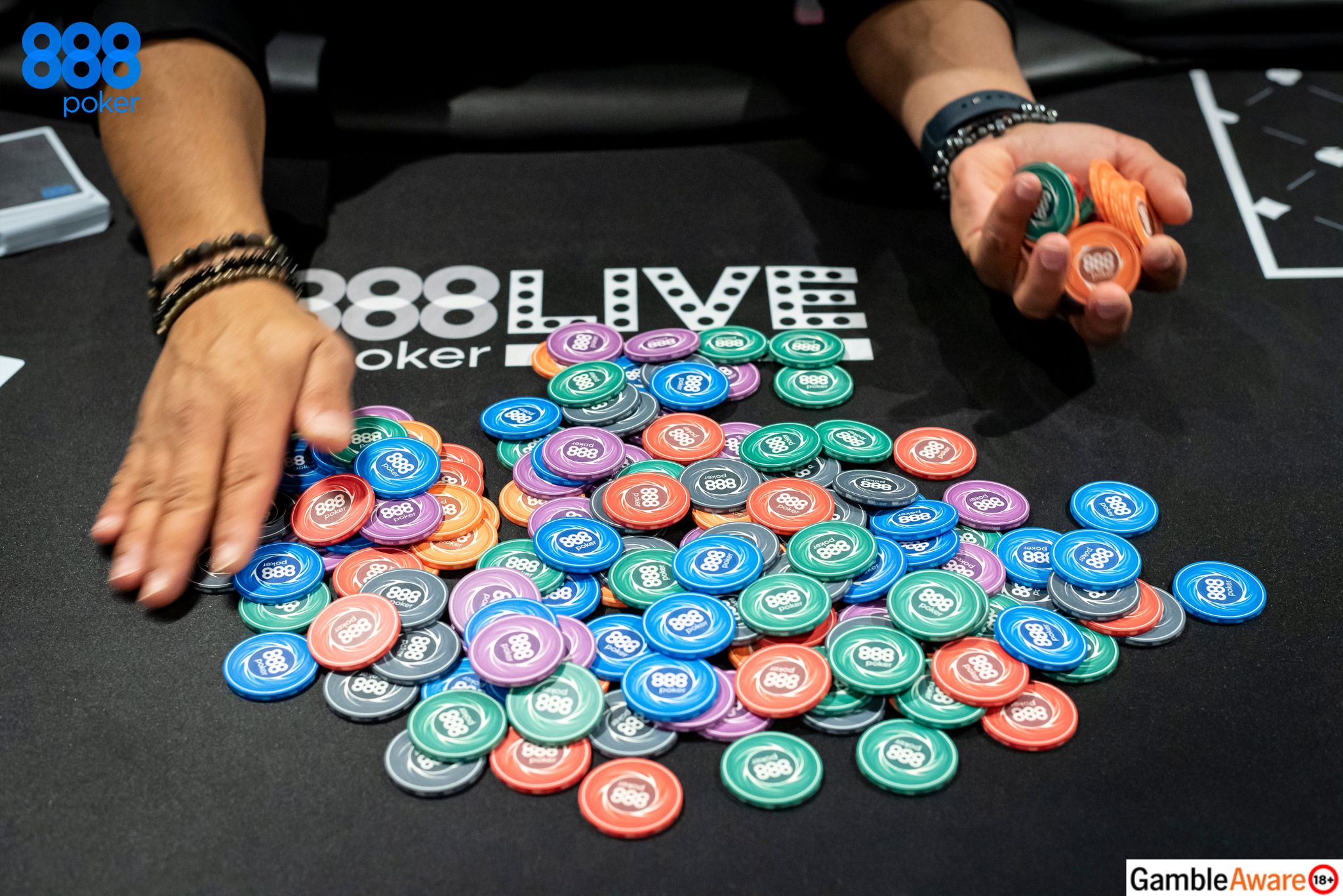Updated on May 5, 2025
Sammy Farha, a high-stakes poker player, one of the greatest poker players of all time and runner-up in the 2003 World Series of Poker $10,000 main event, once noted about the game:
“The one who bets the most wins. Cards just break ties.”
Betting is obviously a critical part of the game and helps determine which players take down pots. Over the years, the game has adopted various theories and terms related to betting in poker.
Knowing what is Bet in Poker and how to utilise this skill is a crucial part of understanding the game.
A complete industry of strategy guides, online videos, and training sites can help players improve their betting game.
A big part of betting strategy is knowing when and how much to bet in poker under specific scenarios:
- Should I three-bet in this situation?
- Would my opponent fold if I move all-in?
- Should I call my opponent’s bet or fold?
These are the types of questions poker players must ask themselves when taking a seat at the table.
Keep reading to learn about what is Bet in Poker and how to use better betting skills to improve your game.
What is Bet in Poker?
A bet is a wager made during play at the poker table. In general, players get these four options to act on their cards:

- Check – Passing on the option to bet, which moves the action to the next player. That player can then check or bet.
- Bet – Making a wager of a specific amount based on the strength of your hand or executing a poker bluff to show strength despite having a weak hand. In limit games, players can only bet a fixed amount. Pot-limit games allow players to only bet the size of the pot. No-limit poker games allow players to bet their entire stack at any time.
- Raise – A raise allows players to increase another player’s bet size. For example, in a $10/$20 limit game, a player calling a $20 bet may see a $20 raise to $40. A $1/$3 no-limit Hold’em game may see a player bet $12 only to see another player raise the action to $35 Limit games have limited raises, while pot-limit games feature pot-limit raises and no-limit games feature unlimited raises.
- Fold – Players can discard their cards after a raise they don’t want to call. The player is abandoning the hand and will not have to call bets or participate further in the hand.
Types of Bets in Poker
Although a bet is technically “any wager made at the table,” the poker term has a different name depending on the previous action and situation. These concepts help tell the story of a hand and identify the types of bets players can make.
In a $1/$3 no-limit Hold’em game, a player can call the $3 big blind or raise. If a player raises, another player can make a “three-bet.” The blind (a forced bet that rotates around the table after each hand) is the first bet, and the initial raise is the second. Additional raises would be four-bets, five-bets, etc.

Here are a few more terms related to “What is Bet in Poker”:
- Blind – These bets force players to call, raise, or fold from the beginning of a hand. Players can’t check and see cards for free. In Hold’em, the small blind (half of the big blind) is to the left of the dealer button, and the big blind (a full bet) is two spots to the left of the dealer button. When a poker hand begins, the player to the left of the button acts first and must at least call the big blind to play.
- Ante – This bet is a small, mandatory payment that all players must make before the hand commences. This type of bet is traditionally found in stud games, such as seven-card stud, but it can also appear in Hold’em, especially in tournaments.
- All-in – This bet in no-limit games occurs when a player bets all their chips.
- Bluff – A bluff happens when a player bets with a weak hand to get opponents to fold and collect the pot..
- Semi-bluff – Semi-bluffing is betting without a made hand, with possible draws that could make a winning hand if called.
- Check-raise – Checking the action, allowing opponents to bet and then coming over the top with a raise is a check-raise. This bet can show strength, add more to the pot or take it down when opponents fold. Players use this play to up their poker probability when bluffing, feigning strength in the hopes that an opponent will fold.
- Bet sizing – This skill determines how much to bet in specific situations.
Mastering different types of betting strategies and understanding these concepts can differentiate between being a long-term winner and a losing player.

Example of What is a Bet in Poker in a Sentence
“Bet” in poker is a straightforward concept, although some advanced connotations exist. Knowing how to use the term and what other players mean is essential to knowing how to play.
Here are a few examples of how to use “bet” in a sentence:
- The action was checked around, and I decided to bet.
- Steve raised the bet to $20, but Julio three-bet to $60.
- Gavin was unsure what to do when it was his turn to bet.
- Instead of betting on the river, I chose just to check because I was unsure of the poker board.
How to Use Bet as Part of Your Poker Strategy
Betting is a hugely crucial part of poker. Generally, there are three main reasons for betting:
- For value – Trying to get some real value from opponents with your strong hands
- As a bluff/semi-bluff – Betting enough when bluffing may run opponents off and allow you to collect a pot with a less-than-optimal hand. A semi-bluff involves a hand that isn’t great but has the potential to improve. In this instance, betting may also allow you to pick up the pot outright.
- For protection – Betting larger with vulnerable hands on wet/connected boards may prevent players with drawing hands from seeing more cards and potentially beating you. Protecting your hand can keep a pot coming your way.
Good players will take the time to analyse each of these areas in more depth. A good start will be to check out the respective glossary pages.
Understanding the flow of action and betting strategies is critical in poker. In fact, we can’t play poker properly without the act of making a bet.
Check out the glossary entry on poker actions for a full breakdown of all the legal actions in a poker hand of poker.
See also: Value-Bet, Bluff, Semi-bluff, Fold, Call, Raise, Protection


